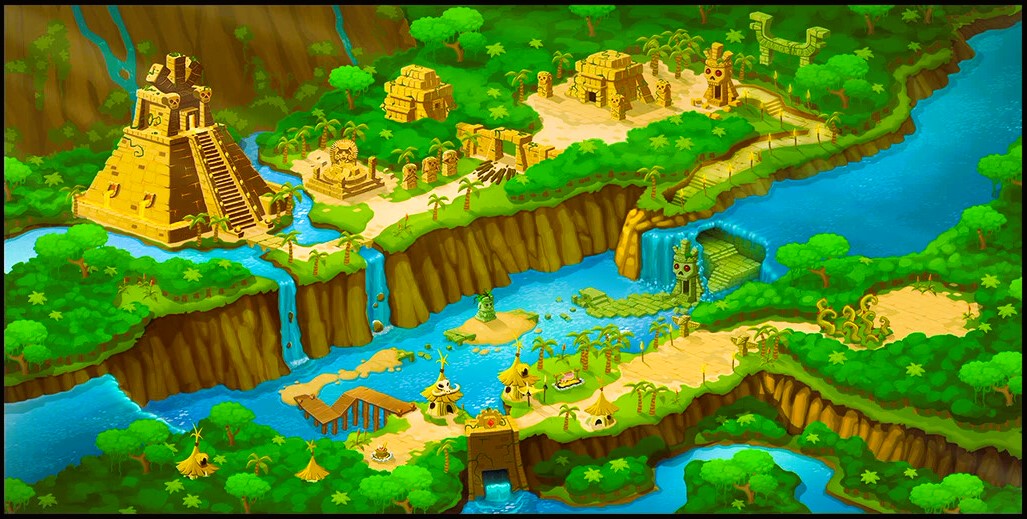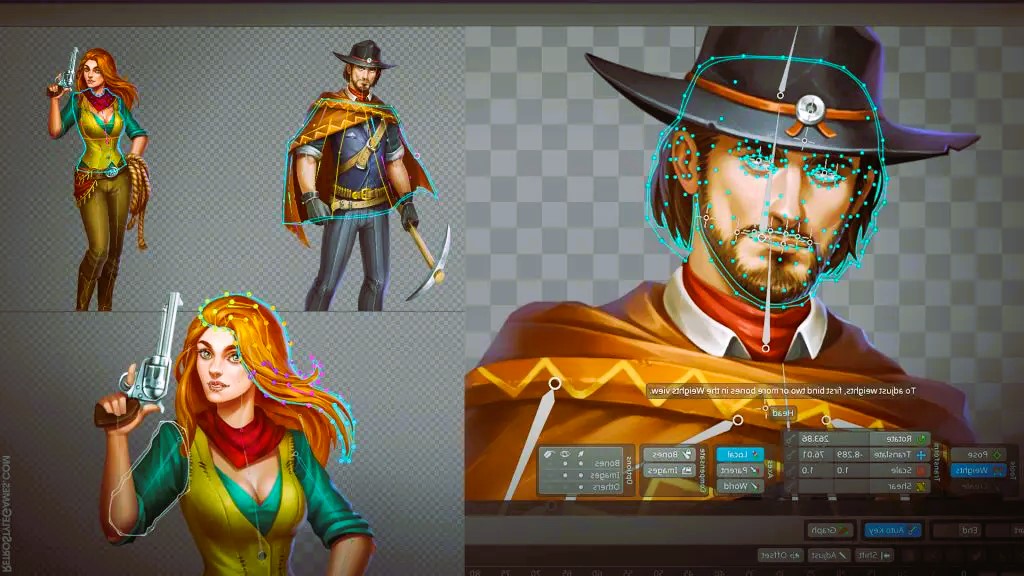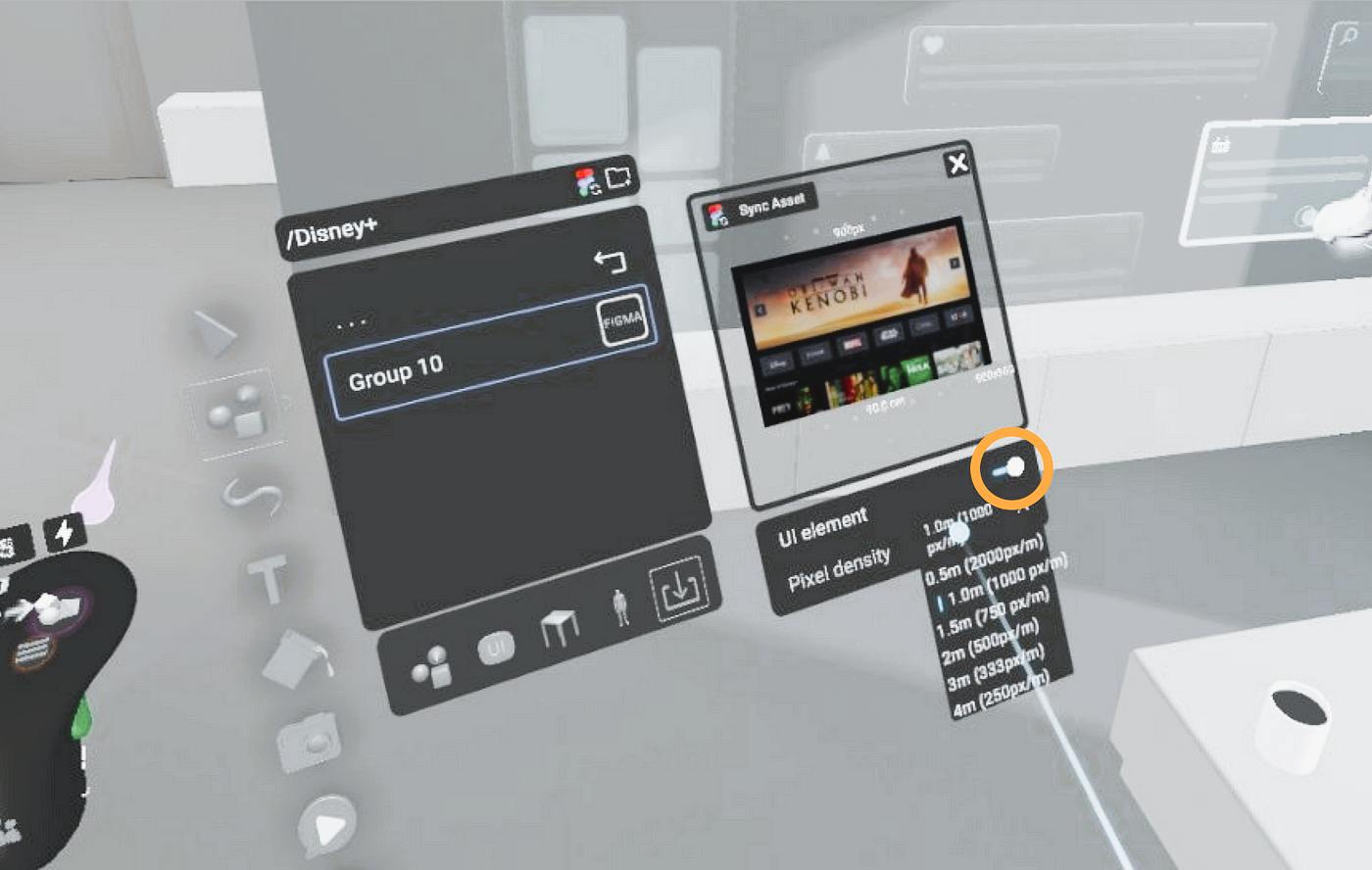Game maps are one of the most crucial elements of game design, whether you’re working on an RPG, strategy game, or a first-person shooter. They guide the player through the game world, providing a sense of scale, direction, and interaction. Creating a functional and visually appealing map is no easy task, but with the right tools, it becomes much easier. Armature, a powerful design tool for game UIs, offers a range of features that can help designers create stunning, functional game maps. In this article, we’ll explore how to design game maps using Armature, ensuring they are both beautiful and functional.
1. Understanding the Importance of Game Maps
Before diving into the specifics of map design, it’s essential to understand the role a game map plays. Maps guide players through the environment, helping them navigate and make decisions. A good game map:
- Shows important landmarks: It highlights objectives, points of interest, or critical paths.
- Facilitates exploration: Maps often show areas that players can explore, either as part of a quest or simply to uncover hidden secrets.
- Provides context: In many games, maps give players an understanding of the world around them, making them feel more connected to the game’s universe.
The map needs to be visually appealing while ensuring that it communicates useful information. With Armature, you can quickly create prototypes and design game maps that serve both aesthetic and functional purposes.
2. Start with a Clear Structure
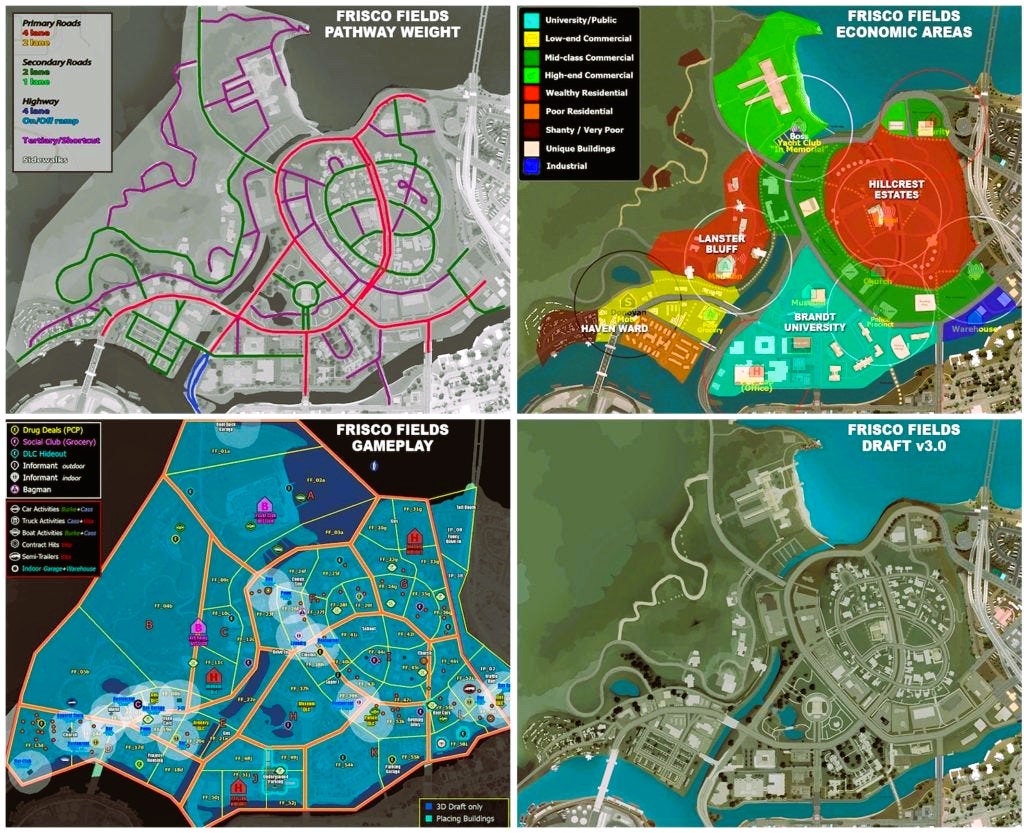
The foundation of any good map is its structure. The layout needs to serve the game’s objectives while being easy to understand. When using Armature to create game maps, it’s crucial to establish a clear visual hierarchy early in the design process.
Key Elements of Map Structure
- Background: Decide whether the map should have a neutral or detailed background. A minimalist approach often works best, so the elements of the map are more visible.
- Grid or Coordinate System: This helps players understand scale, distances, and positioning. Consider using a grid system that can be toggled on or off, giving players the flexibility to view the map in different ways.
- Paths and Boundaries: Mark out paths players can take and areas they cannot access. These could be roads, boundaries, or natural obstacles such as rivers or mountains.
In Armature, you can create multiple layers for each of these elements, making it easy to adjust and test different map layouts. Organizing elements into layers helps avoid confusion and allows for easier updates.
3. Incorporating Landmarks and Points of Interest
A map without landmarks can be confusing, especially in larger open-world games. Landmarks such as towns, dungeons, forests, or mountains help players orient themselves and make the map easier to read.
Armature comes with a large library of ready-made objects such as icons, headers, and content blocks, which you can use to mark significant locations. Whether it’s a castle, a treasure chest, or a specific quest location, you can customize icons to match the aesthetic of your game.
Customizing Landmarks
- Icons: Choose icons that fit the theme of your game (e.g., a mystical symbol for a magic tower in a fantasy RPG).
- Labels: Add clear text or labels to indicate the name of landmarks, keeping them legible and unobtrusive.
- Color Coding: Use colors to represent different types of landmarks. For instance, green for villages, red for enemy camps, or blue for quest locations.
By organizing these elements clearly in Armature, you can create a map that’s not only visually appealing but also informative.
4. Designing Interactive Features
In modern games, interactive features on the map enhance the player’s experience. These features can include zooming, panning, and even mini-maps that can be used during gameplay. Read about how to export armature projects to Unity and Unreal Engine at this link.
Zoom and Panning
Make sure that your game map allows players to zoom in and out, especially in larger environments. You can create interactive zoom features within Armature to help you design this functionality. Ensure that key elements like icons and text remain legible at different zoom levels.
Mini-Maps
For most modern games, mini-maps are a must. These provide players with a small, real-time view of their surroundings without interrupting gameplay. You can design a mini-map in Armature that reflects the same look and feel as the main game map but with simplified features like just player locations and immediate objectives.
5. Balancing Aesthetic and Functionality
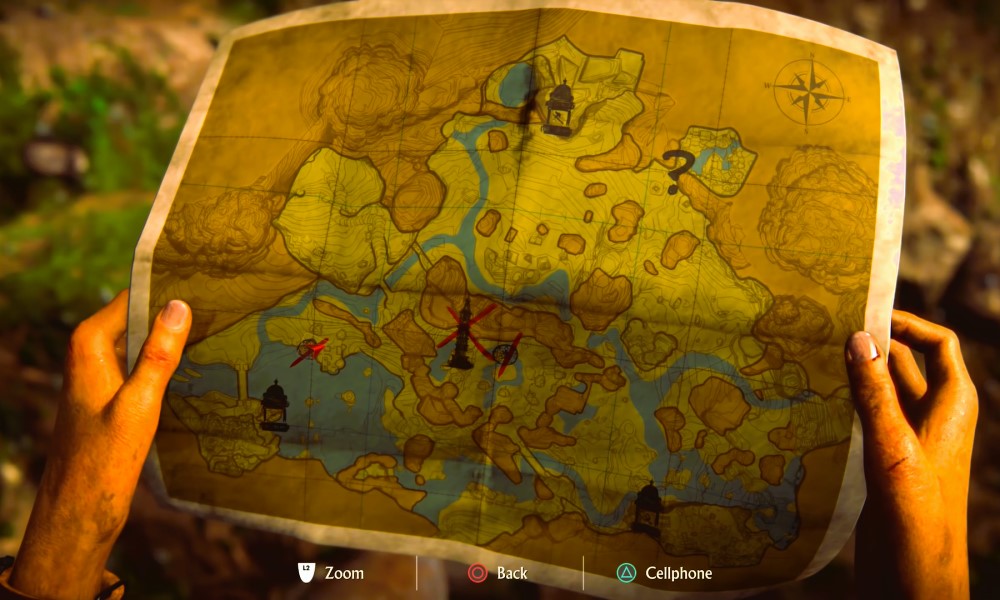
When it comes to game maps, aesthetics and functionality must go hand in hand. A map should be visually appealing but also serve a practical purpose. This is where Armature shines—it helps strike a balance between style and usability by providing customizable templates and a library of objects.
Aesthetic Design Tips
- Consistency in Style: Ensure that the map style is consistent with the rest of the game design. If your game has a medieval theme, the map should have a similar look, such as parchment-style backgrounds or old-world fonts.
- Textures and Patterns: Armature allows you to add textures and patterns to the map. Light, subtle textures for terrain can create a sense of depth without making the map too overwhelming.
- Contrast: Use contrasting colors for different map layers to make sure that important elements stand out. For instance, dark green terrain with bright yellow path lines for better readability.
Ultimately, the key to designing a beautiful map is to ensure that it aligns with your game’s art direction while still being easy to read and interact with.
Creating a beautiful and functional game map using Armature is a process that involves a combination of clear structure, thoughtful iconography, interactive features, and an aesthetic that matches your game’s theme. By utilizing the tools and features Armature offers, you can quickly design and prototype maps that enhance your game’s experience. Remember that a map should not only be visually stunning but should also help guide and engage players, providing them with the information they need to enjoy your game.
For more information on standard design practices, you can visit Wikipedia’s Design Standardization page.
Incorporate feedback from playtests and continuously iterate to ensure your map serves its purpose while looking great.

